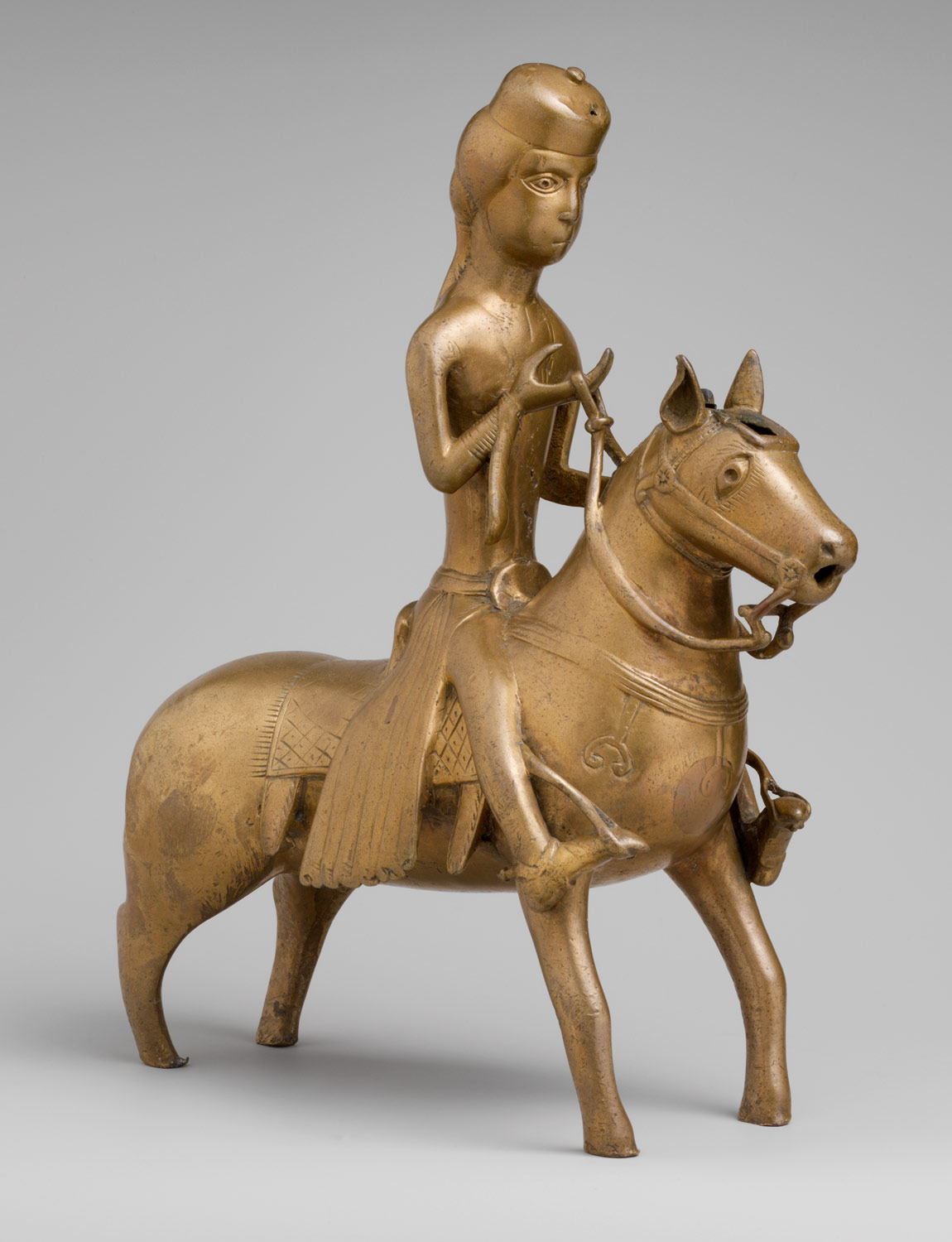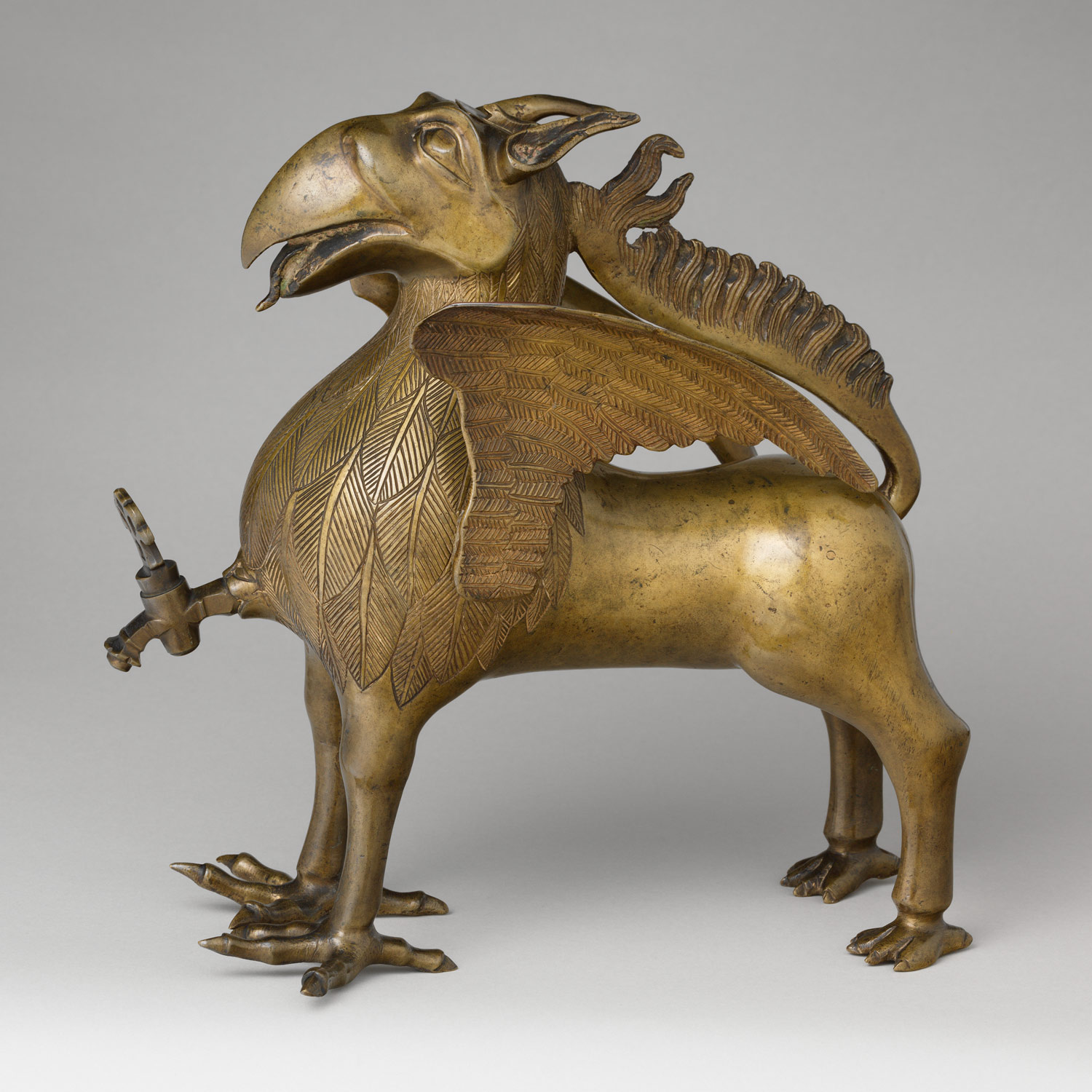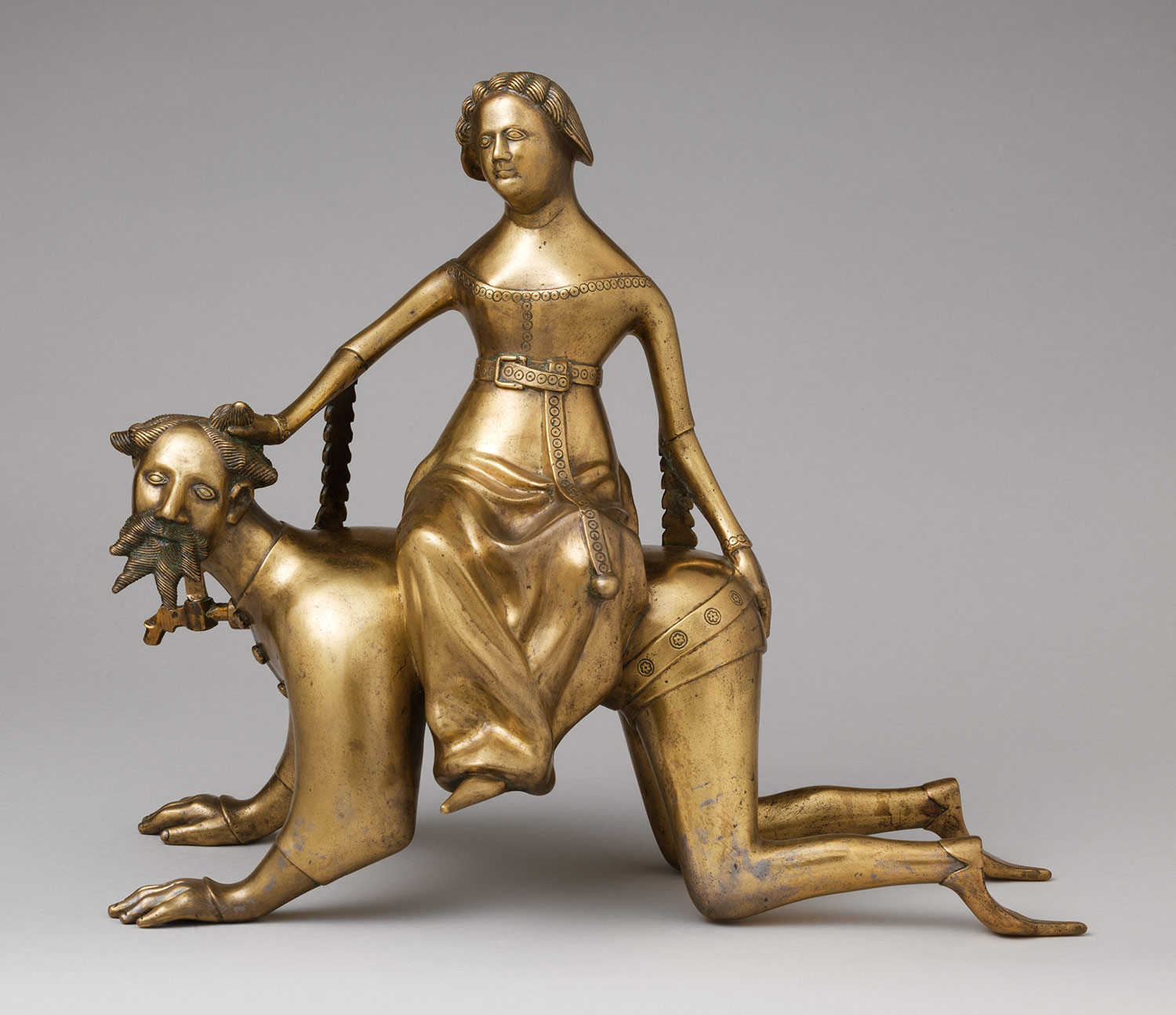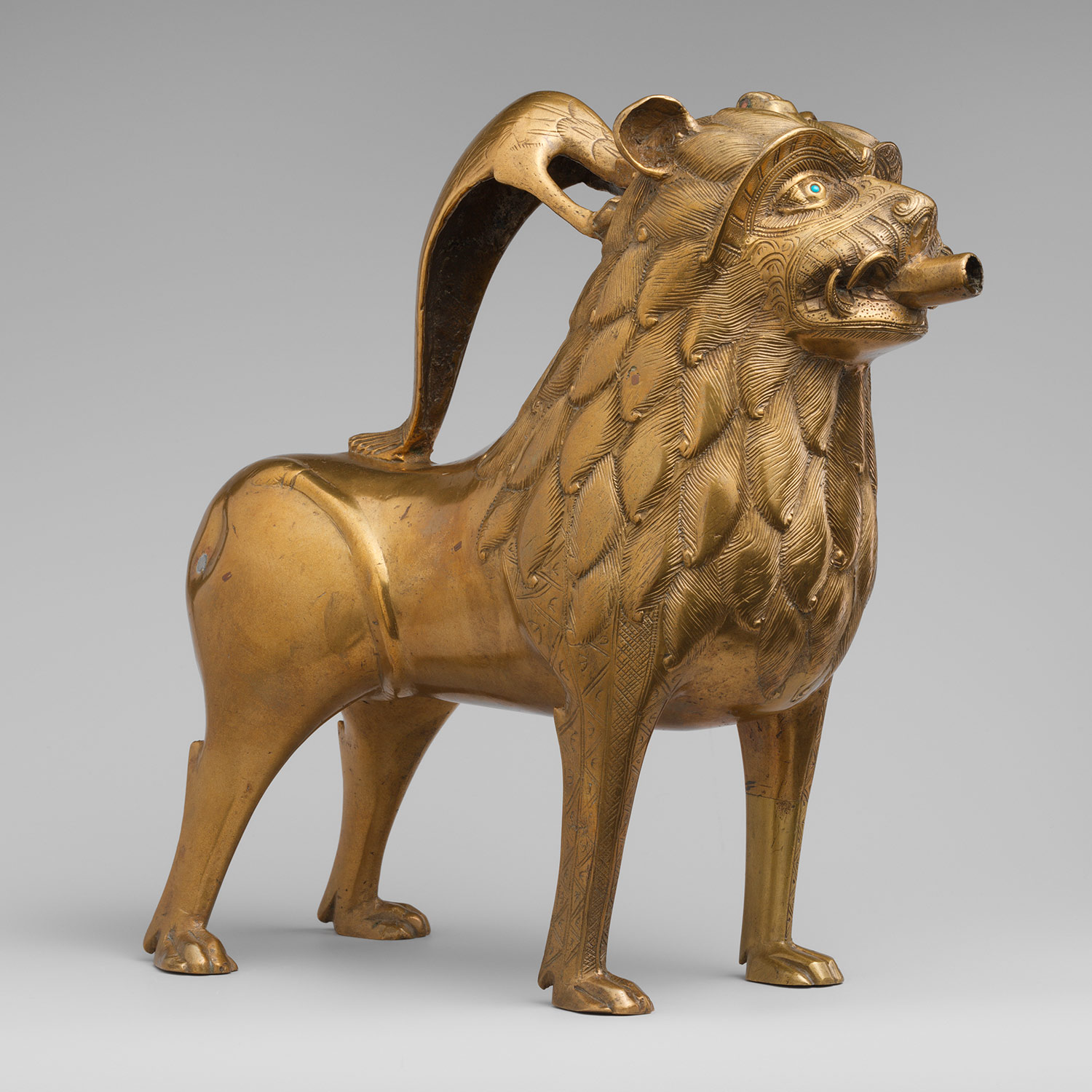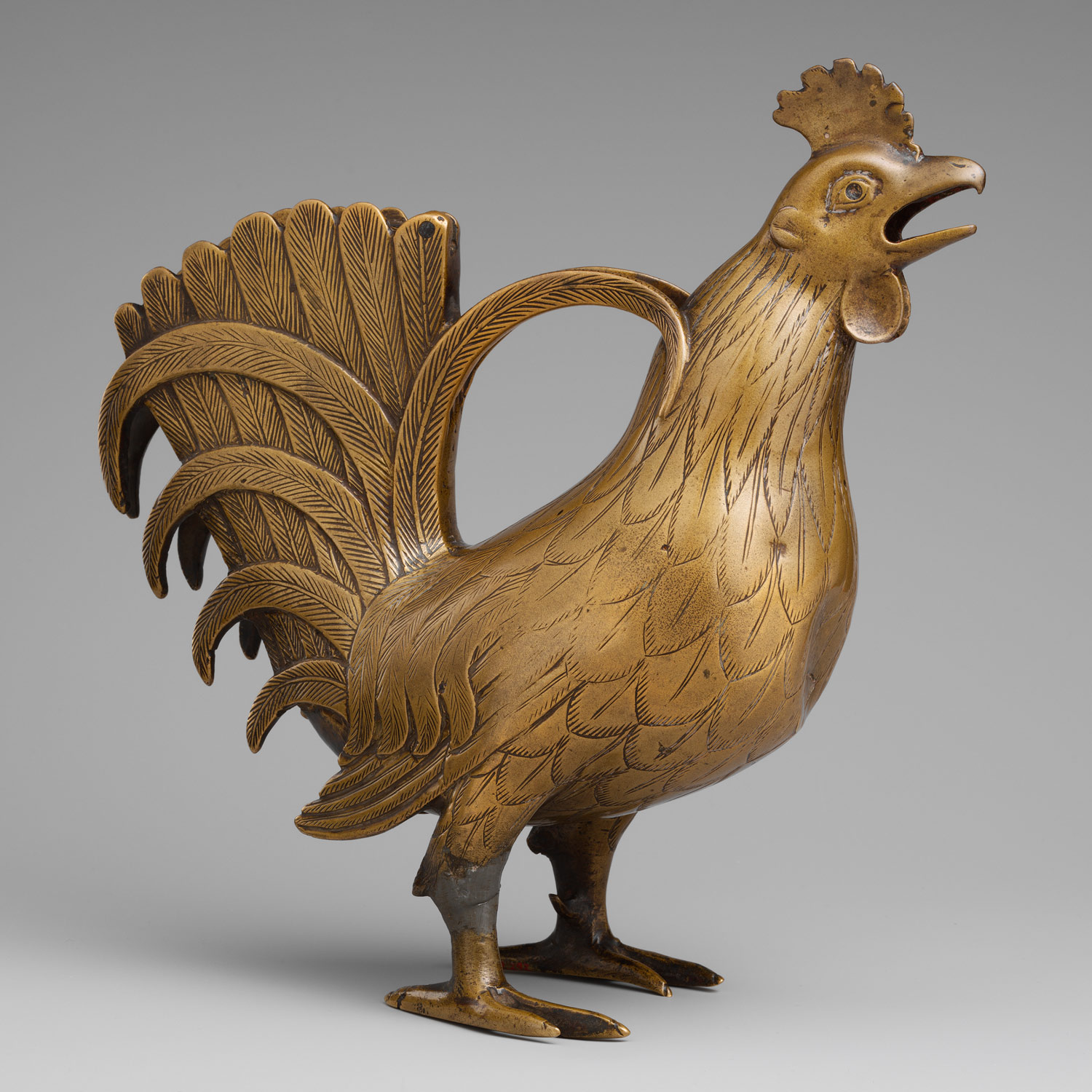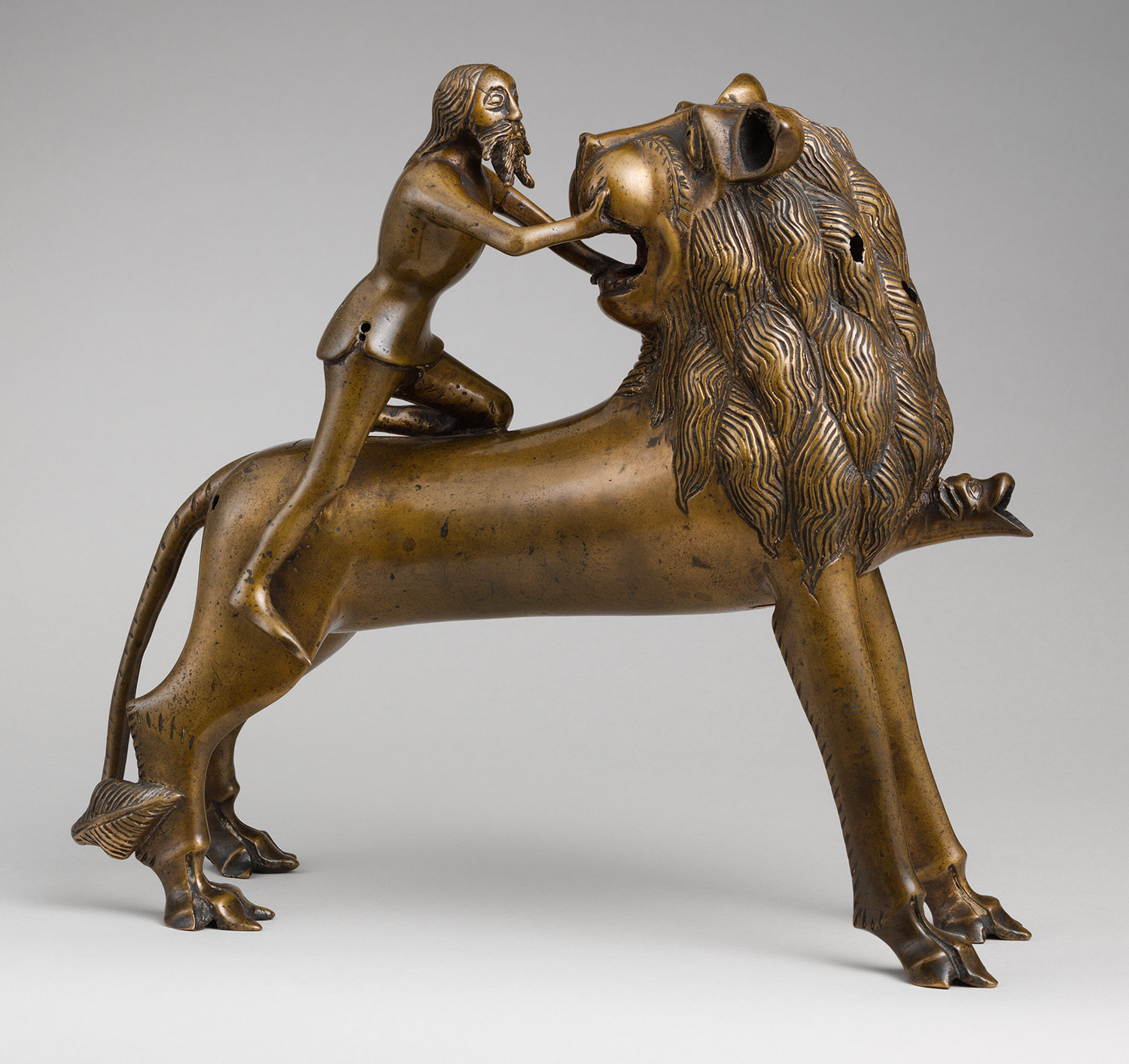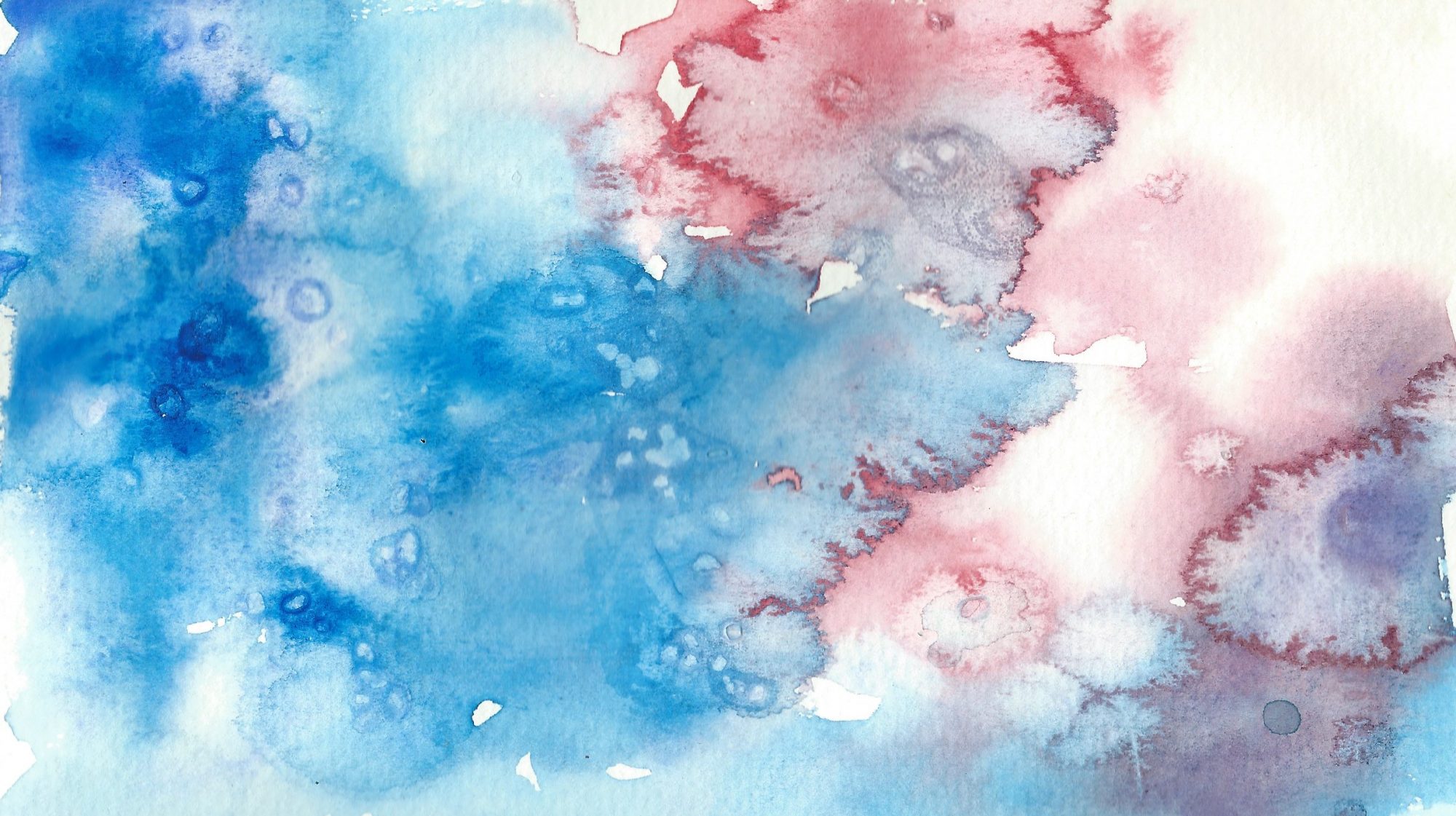Last year I had the opportunity of taking a closer look at the unbelievable collection of the Kunstkammer Wien, part of the Kunsthistorisches Museum in Vienna. The Kunstkammer contains art works from mainly the renaissance and baroque periods, collected by Habsburg rulers such as Ferdinand II of Tirol and emperor Leopold I.
This item from the Kunstkammer collection drew my special attention. It is an aquamanile, which in general is a vessel in the form of an animal, containing water to be used for washing hands before a meal. The term aquamanile is in fact from late 19th-century origin, meaning ewer*. Back in those days they called this kind of jug to pour water a lavabo (‘I shall wash’).
* The word ewer itself also comes from aqua, via Anglo-Norman French, variant of Old French aiguiere, based on Latin aquarius, ‘of water’, from aqua, ‘water’.
Though a lavabo or aquamanile was used in Christian rites, the type portrayed here was used by high nobles at their dinner tables. Lower classes also used aquamanilia, but usually they were made of clay. This one is made from gold plated bronze, decorated with silver, niello and garnet. It has the shape of a griffin, and was made in the workshop of Roger von Helmarshausen around 1120/30 AD. It measures 17.3 cm tall. I love the ancient-looking bold lines, the detailed decorating. Like with most Kunstkammer objects it keeps me wondering about the level of artistry and craftsmanship the people that made these had.
Roger von Helmarshausen may be the pseudonym of Theophilus Presbyter (fl. ca. 1070-1125). He started his career as a goldsmith in the Meuse valley, Cologne and Paderborn before he moved to Helmarshausen Abbey (now in the Hesse region). He is known to have made various pieces of jewellery as well as illuminated manuscripts. If Roger indeed is Theophilus he is the author of the treatise De diversis artibus (Schedula diversarum artium) which gives a unique insight into the art techniques of the middle ages, such as (oil) painting, stained glass and (jewellery) metalwork.
Links
